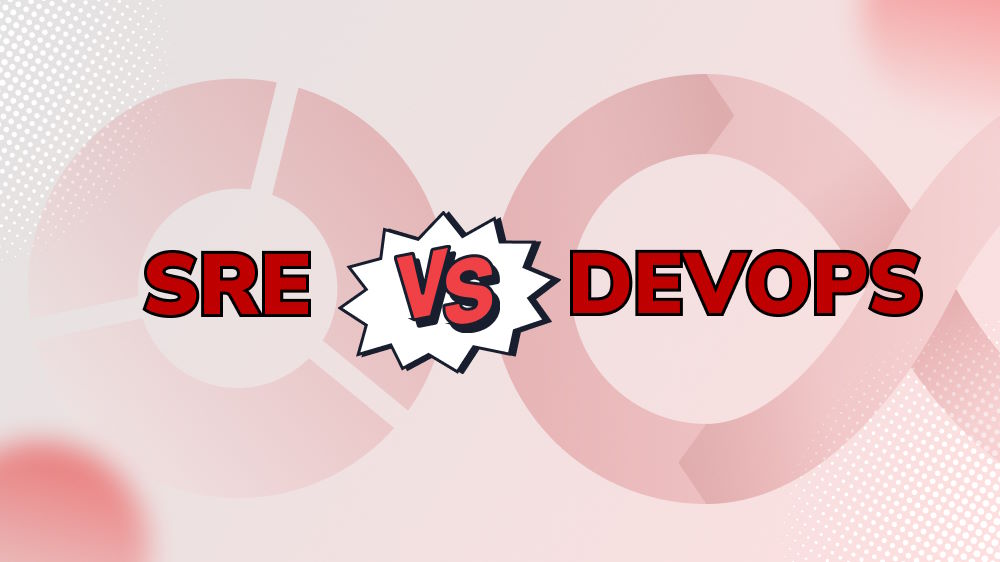
Say Goodbye to Manual Setup: Infrastructure as Code for Beginners
Say goodbye to manual setup and embrace efficient deployments. Discover the world of automation with our guide on infrastructure as code for beginners.


Infrastructure as Code is a term that has been around for many years, but it’s seen an increase in usage recently. Infrastructure as Code (IaC) is one of the pillars of DevOps because it simplifies infrastructure provisioning by codifying how servers are deployed with scripts or templated configuration files. IaC offers many benefits because it allows developers and operators to naturally collaborate on how their systems are configured, deployed, and operated without any manual intervention from either side. In this article, we will dive deep into its definition and why they’re essential for DevOps practices.
IaC or Infrastructure as Code is a method of managing the delivery process for data center and cloud computing environments. IaC defines infrastructure through reusable scripts, tools, or templates. It typically involves using software to automate system configuration, deployment, and management. Infrastructure as Code aims to make it easier for IT organizations to provide resources quickly and consistently without reliance on manual processes, deploy changes, or updates across their environment with minimal human intervention. The infrastructure automation reduces deployment time from months to minutes while allowing the business to move faster with less risk.
For example, suppose an organization has two data centers in different locations that need a firewall change. In that case, they could use configuring scripts within one command-line interface (CLI) tool to update both locations simultaneously without incurring the cost of sending a team onsite for each location update. This saves time and cost by ensuring all resources are updated at once from one central location rather than having them managed separately from multiple sources.
In short, Infrastructure as Code allows IT infrastructure to be treated as code via integrated Infrastructure as Code and IaC tools (Such as Terraform, Ansible, Chef, Puppet, Salt Stack, etc.)
There are two approaches to Infrastructure as Code (IaC):
The declarative approach is a functional one, which focuses on what the target configuration should be. On the contrary, the imperative concentrates on how infrastructure changes are made for each project instead of just specifying everything upfront in detail. You can adapt quickly if something goes wrong or change your mind later because there will always exist some flexibility with these types of approaches.
The difference between Declarative and Imperative isn’t only about the methodology but also goals. The declarative approach defines the desired state, while an imperative one outlines what must happen for you to reach your goal.
With the rise of DevOps, Infrastructure as Code (IAC) has become an essential tool to help teams maintain high-quality infrastructure.
With IaC, infrastructure management teams can be more easily integrated into the overall team structure. Infrastructure components can have consistent infrastructure definitions. IaC allows engineers to take an agile approach for infrastructure workflows, being able to quickly deliver infrastructure capabilities in small iterative changes. This also makes infrastructure testing easier because infrastructure tests can be written in a manner that is identical to infrastructure code. Furthermore, the infrastructure deployment time can be shortened by removing the infrastructure silos.
The increased adoption of DevOps practices has led to more frequent infrastructure changes, consuming more time, effort, and money. Fortunately, Infrastructure as Code is a software engineering technique that allows the automation of IT infrastructure. The following are some benefits of Infrastructure as Code can improve your business.

In brief, Infrastructure as Code manages the physical and virtual resources that support an application, including networks, storage systems, compute nodes, and databases. IaC can be used for both manual deployment or automated provisioning by codifying software-defined infrastructure (SDI) configuration through Code to automate processes like scaling up or down servers in response to changes in demand.
The benefits of using Infrastructure as Code include increased agility across all stages of development and operation life cycles where there are significant gains from automation - leading to faster deployments with higher quality results. In this post, we’ve explored what Infrastructure as Code means for developers, IT teams, and DevOps professionals from all walks of life.
We hope you enjoyed reading about how Infrastructure as Code can help boost your team’s development velocity and improve their efficiency through automation.
Say goodbye to manual setup and embrace efficient deployments. Discover the world of automation with our guide on infrastructure as code for beginners.
Looking to improve your DevOps skills? Read our comprehensive guide covering the technical and soft skills needed to become a successful DevOps engineer.
Confused about SRE vs. DevOps? Learn about the key differences between these two IT operations practices and discover which approach is right for your organization.
Find out what DevOps methodology is, the advantages of hiring a DevOps team, and the potential outcomes that DevOps teams can achieve for your project.
Find out what a DevOps implementation plan is, how it works, the steps to follow, and the best DevOps practices to consider when creating an implementation plan.



